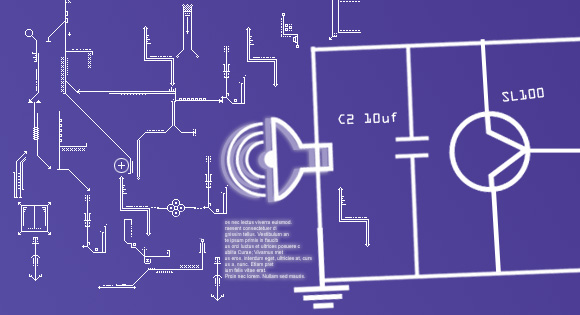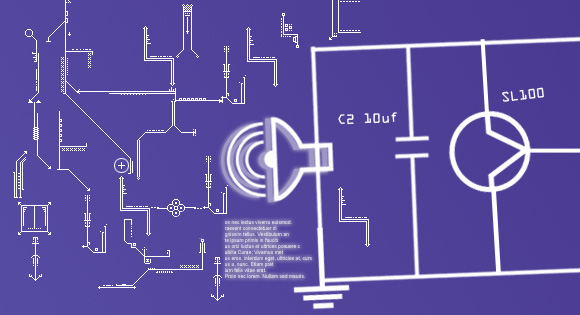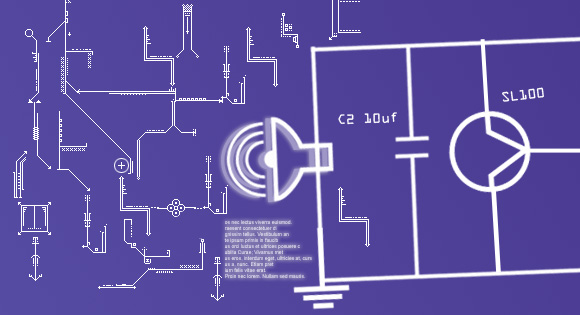Combination of Resistor
When two or more Resistor are combined , mainly in series and parallel arrangement for some or the other reasons , the effective Resistor be obtained by employing some constrains.In this tutorial we will discuses how those relations are obtained.
Parallel Combination
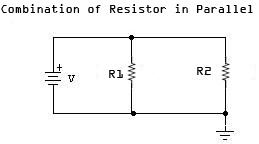
In parallel combination the current gets divides among the resistors and the potential across the combination remains the same. Therefore the total current given to the circuit will be the sum of current through each resistor.
We will use ohms law in deriving the expressions.
Let an external potential V be applied and the current throught the curcuit be I.
Total current is equal to sum of current through each resistor

from OHM’s law replacing I with V and R

Rearranging the terms , This implies that the total resistance in Parallel combination is sum of Recriprocal of each resistance.

Series Combination
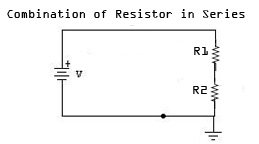
In series combination of resistors the potential gets divided among the resistors and the current remains constant throughout the circuit, i.e the sum of potential across each resistor is the sum of potential across each resistor.
The total potential is sum of potential across each resistor.
Let an external potential V be applied and the current throught the curcuit be I.

from OHM’s law replacing V with I and R

Rearranging the terms , This implies that the total resistance in Series combination is sum of resistance.


